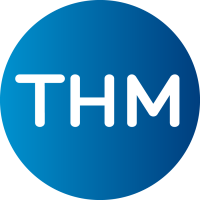
Trihalomethanes in water
What are trihalomethanes (THM)?
Trihalomethanes (THMs) are by-products of chlorine disinfection found in treated water. They are formed when organic matter in the water (total organic carbon, or TOC), including tannins and lignins, as well as bromide, reacts with chlorine.
Trihalomethanes found in water include chloroform, bromodichloromethane, dibromochloromethane, and bromoform.
Health effects
- Human studies suggest a link between exposure to trihalomethanes and certain cancers.
Guidelines
- In Canada, the maximum allowable concentration (MAC) for trihalomethanes (THM) in drinking water is 0.100 mg/L (100 µg/L) based on a locational running annual average of a minimum of quarterly samples taken at the point in the distribution system with the highest potential THM levels.
- In Quebec, the maximum allowable concentration (MAC) for trihalomethanes (THM) in drinking water is 0.08 mg/L (80 µg/L).
- Provinces and territories can set limits that are below the Canadian guideline level.
How can you prevent the formation of trihalomethanes in water?
To prevent the formation of THMs in water, you can treat organic matter (TOC) such as tannin and lignin, as well as bromide, prior to chlorination.
How can Magnor help?
Magnor manufactures custom-built anion exchange resin systems that can help control TOC (total organic carbon) levels. Our systems address the root cause of THM formation as a result of chlorination and have proven their effectiveness over time.